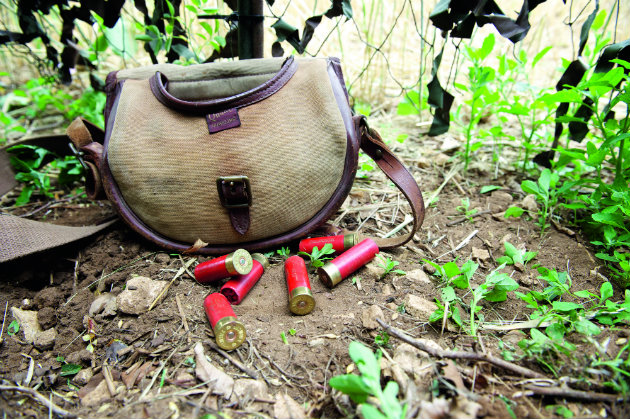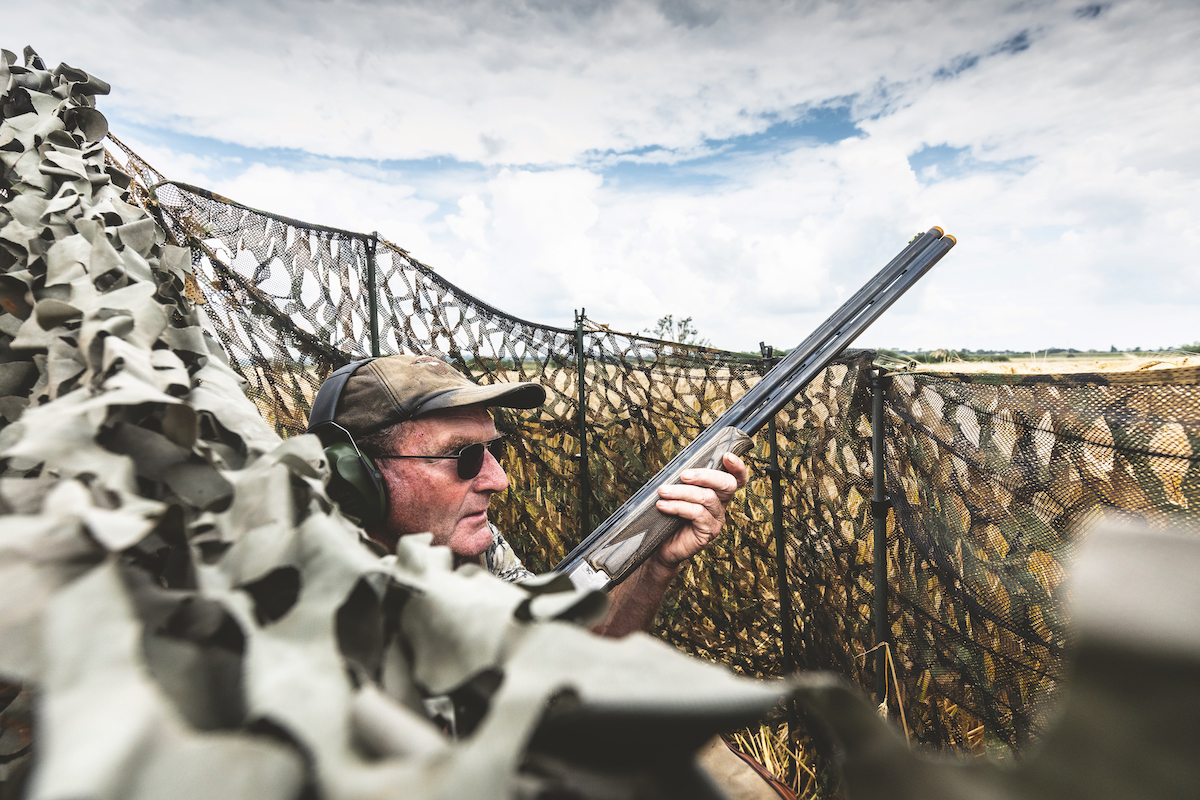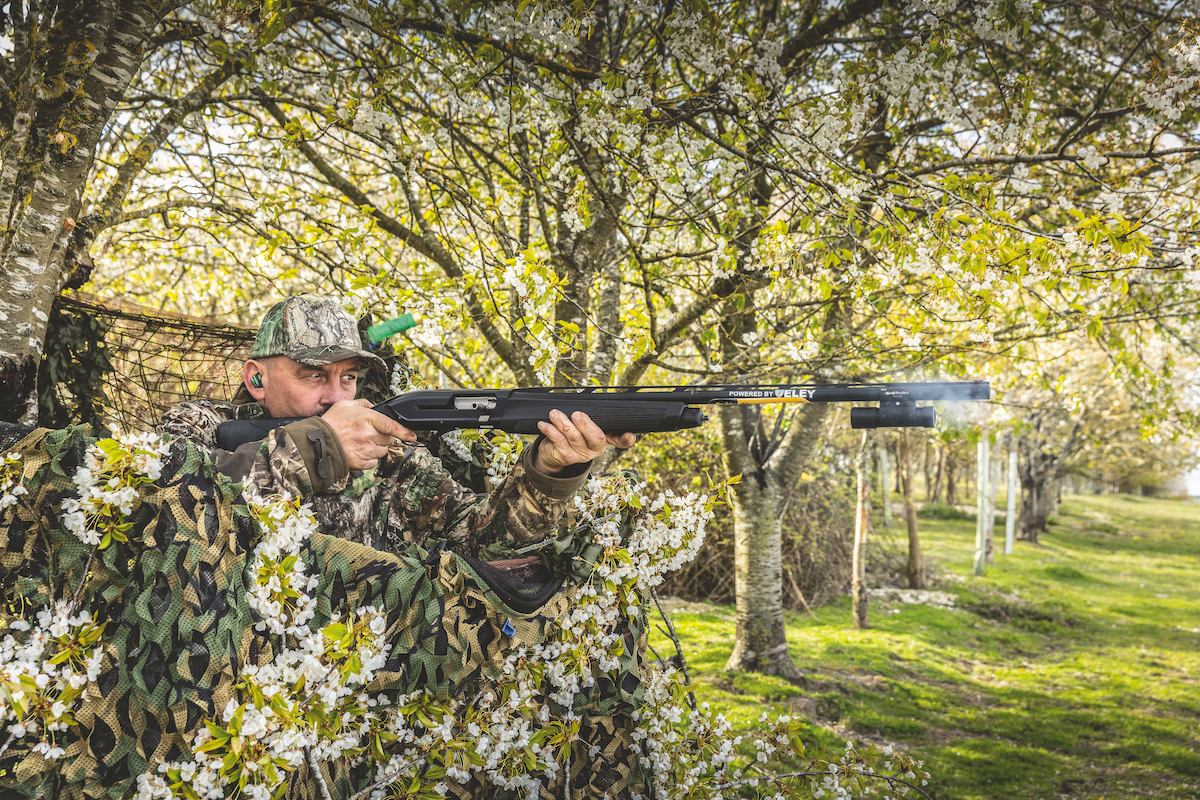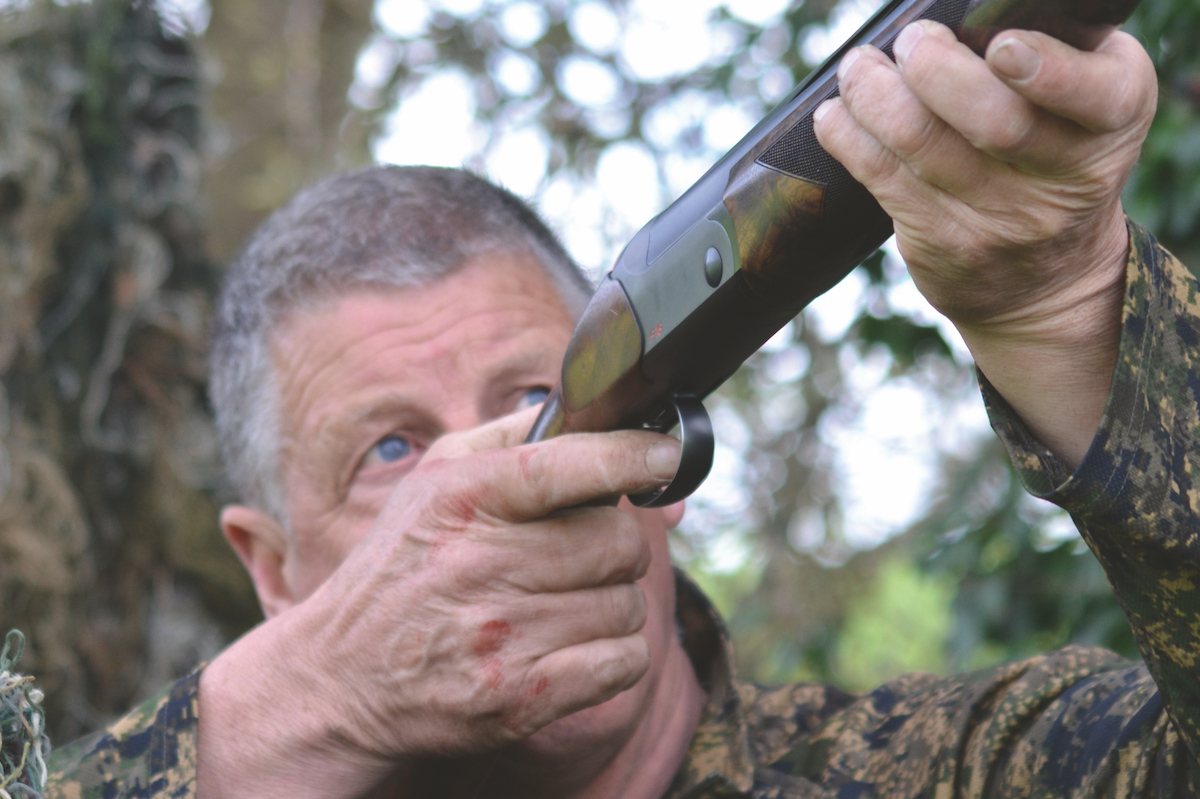What’s the perfect pigeon cartridge?
Is there any obvious difference between the top five manufacturer's brands? It is often said that the average cartridge performs far better than the average shooter. In other words, if you miss whatever it is you are shooting at, it is more likely to be your fault than the brand of shell you may be using. Despite this, many folk will swear by the brand they use, decrying all others as ineffective.

The cartridge-making business is a fiercely competitive one, won or lost on marketing strategy, so if one company can find an edge, it is quickly exploited. It is only relatively recently that cartridge makers realised the huge potential market in people who shoot pigeons, with all the top boys now producing specialist loads.

The cartridge manufacturing business is fiercely competitive and firms are always looking for an edge
Do we need something different for woodies?
When I started shooting, virtually all loads were 32g (1 1/8oz), whether for game or clays, until Eley brought in a one-ounce load specifically designed for light side-by-side game guns. But why do we need something different to deal with woodies? After all, it’s just a bird, isn’t it?
Going back to ancient folklore, pigeons soon got a reputation for being hard to kill, mainly because of the amount of feathers that a bird can leave behind, and still fly off as though untouched. Cartridge firms soon cottoned on to the fact that if they offered a shell that would overcome this – in other words, kill everything you hit – pigeon shooters would pick it up in their droves. And they have. Most decoyers I come across shoot loads that have a picture of a pigeon on the box.
Clean kills
Before I go into detail on the various pigeon loads on the market, let’s examine what is needed to kill them cleanly and consistently at the ranges we desire. It is widely agreed that a pigeon needs to be hit with a minimum of five pellets, each delivering a punch of 0.8lbs per square inch, to be reasonably sure of inflicting instant death. There are numerous ways to achieve this, depending on the range we intend to take our birds. If we are really good at our job of decoying and restrict our range to 25 yards, we can get away with 28g of 9-shot, fired through a cylinder barrel.

The best load should achieve a decent pattern at 30 yards
But in the real world, we all like to hit those grandstand shots at 50 yards, in which case we shall need a heavier payload of larger pellets and almost certainly a tighter choke to deliver enough of those pellets to the target at that range.
It is now becoming horribly complicated, and explains why there are so many subtle differences offered by the various producers, but all are keen to tempt you into buying a shell that will allow you to shoot stuff beyond your natural ability. In my opinion, there are vastly more pigeons killed at under 30 yards than there are beyond it. So it makes sense to choose a load, combined with the choking, that produces the best pattern at this range, with maybe a little in reserve for the occasional 45-yarder. Measure 45 yards and you will see that it is actually a long way, and only a handful of birds are killed at this range during the course of an average day’s decoying.

If you’re setting out to clear a field of pigeons cleanly and consistently, you need a load that will hit each bird with a minimum of five pellets at a punch of 0.8lbs psi
Admittedly, since the arrival of rotary machines, I have gone slightly tighter in my choice of chokes and increased the payload and size of pellet I use. This is purely because I am forced to take on shots flaring away from the machine at longer ranges. My choice of combination is just under 1/4 choke in the bottom barrel, and just over 1/4 in the top. My cartridge is RC Titano Caccia 31g sixes.
Brand value
Arguably, the market leader in pigeon loads is Gamebore, simply because they were one of the first to identify the market. They produce the Clear Pigeon range in both 30g and 32g, fibre wads or plastic at a price per thousand between £210 and £219. They also do a lighter 29g load for about £185 per thousand. If you think you are in the George Digweed stratosphere then you can buy their latest addition to the range, Pigeon Extreme, 34g at an eye- watering £280 per thousand. But their range is only suitable for 23⁄4in chambered guns.
Eley’s range offer a slight variation, in that their HB Pigeon load comes in 6.5 shot size, presumably to give you those few extra pellets to the ounce. Expect to pay between £209 and £216 per thousand.
Another reliable and proven producer is Lyalvale Express, marketing their faithful Pigeon Special in plastic wad only, for around £225 a thousand. They too have entered the lighter pigeon load market by offering their Pigeon Power in 29g for approximately £190 a thousand.
My favourite is RC’s Titano Caccia at around £230, but they also do a lighter, 28g load RC 2 for £180 a thousand.
Last but not least of the big five is Hull’s Special Pigeon, at 1,425fps, the fastest of all the makes I have mentioned, it too comes in 29g formation.

No matter the cartridge, it’s the skill of the Shooter that determines how many birds they’ll pick up at the end of the day
As you can see, the choice is endless, and that is without mentioning the many clay loads, which are just as effective, within certain parameters, the main difference being the hardness of shot in clay loads. Apart from price, what I require from any cartridge is confidence in its ability to do the job. Most experienced shooters can tell how a cartridge is performing without resorting to the pattern plate, though this is often useful to back up initial impressions. We probably all make judgements on a new shell within a few shots, depending on how it hits the target or bird, and also how we feel the recoil. There is no doubt that certain cartridges suit certain guns, and it is worth trying different makes until you find one that gives you confidence, then stick with it. If you then have a bad day, you will not be tempted to blame your ammo. As mentioned, cartridge firms are competing for your custom, so if a deal seems too good to be true, it probably is. Cheap shells can only be made by compromising on the quality of the components, and I have never agreed with folk who say: “It’s only a pigeon, I use the cheapest shell I can find.” They deserve better than that, but even so, the cheapest cartridge will still be better than the average shot.








